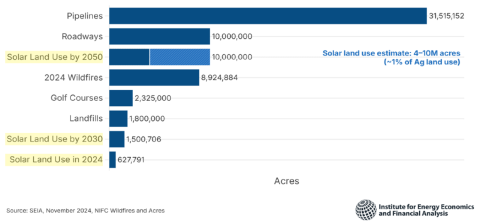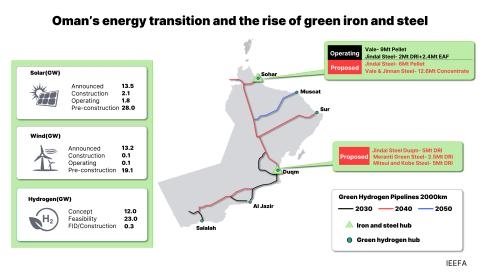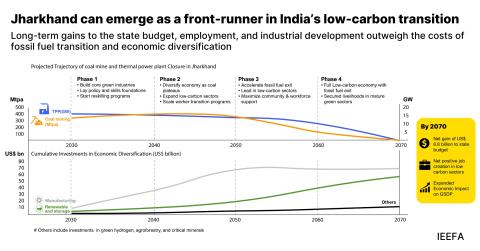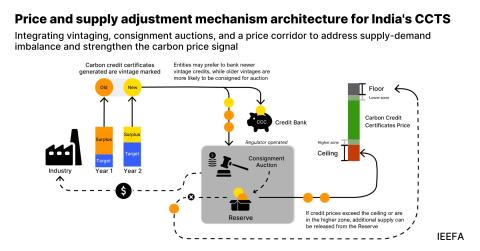Significant financial risks confront Teck's Frontier Oil Sands Mine Project
Download Full Report
Key Findings
Teck Resources Limited is ill-equipped and ill-prepared to take on such a mega-project due to its relative inexperience in oil sands, limited bandwidth for such a project and the sheer scale of the project itself relative to Teck’s market capitalization and capex budget.
The Frontier project represents an investment of $20.6 billion, an amount far in excess of the total market capitalization of the company.
If the project moves forward, it appears that substantial changes in the company’s capital structure will take place. The company has not outlined what those changes might be.
Executive Summary
Teck’s Frontier Oil Sands Mine Project, which is now before the Canadian Environmental Assessment Agency Joint Review Panel, offers a weak financial case with little chance of remaining a going concern for the 41 years promised in the application. Based upon current oil price and cost projections the project, which is expected to cost $20.6 billion, is not commercially viable. From now until 2026, the first year of commercial operation, neither oil price increases nor production cost declines for oil sands are likely to be sufficient to improve its financial prospects. The project can expect financial distress for its entire life cycle.
The Frontier project faces a series of severe financial headwinds that will likely block any upside potential. These headwinds include high costs to produce oil sands and pressure on revenues, as described below:
- Costly oil sands extraction. On the cost side of the equation, the Frontier project, like most oil sands extraction, is expensive. Despite aggressive company and industry efforts to lower costs to a competitive range, many large global suppliers of oil and gas remain far more competitive than Canada’s oil sands producers.
- Continued low price of Western Canada Select (WCS) oil. WCS oil is currently discounted against market competitors, specifically West Texas Intermediate (WTI), because of its low quality and the distance it must be transported to market.
- New sulfur rules for maritime fuel users. Regulations that go into effect between 2020 and 2025 will further depress the price of WCS and widen the price differential between WCS and WTI.
- Chronic shortfall of pipeline capacity. Pipelines connecting Canada’s oil sands with ports and markets continue to face legal, regulatory and political challenges that create bottlenecks, and are expected to widen price differentials between WCS and WTI.
- Competition from expected surge of new investments in cheaper, lighter and sweeter oil grades. These new oil products, coming principally from the Permian Basin, will exert ongoing pressure and erode Canada’s WCS imports to America for the foreseeable future.
- Unrealistic plans to export oil sands to Asia. Canadian oil producer plans to export oil sands to Asian and other major importers face stiff competition from oil producers with existing trade relationships and lower cost structures. These competitors will win out over Canadian oil sands producers in Asia and other markets.
Please view full report PDF for references and sources.
















